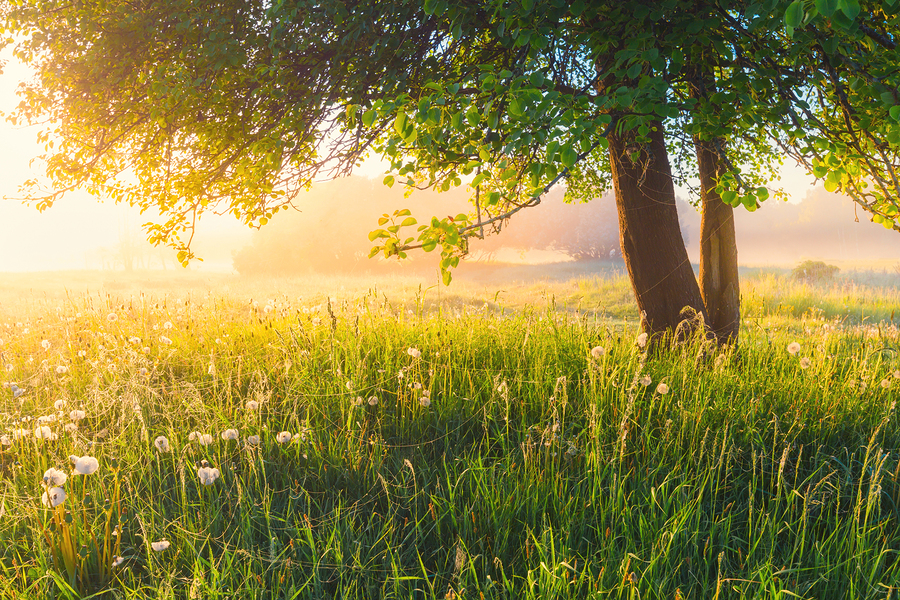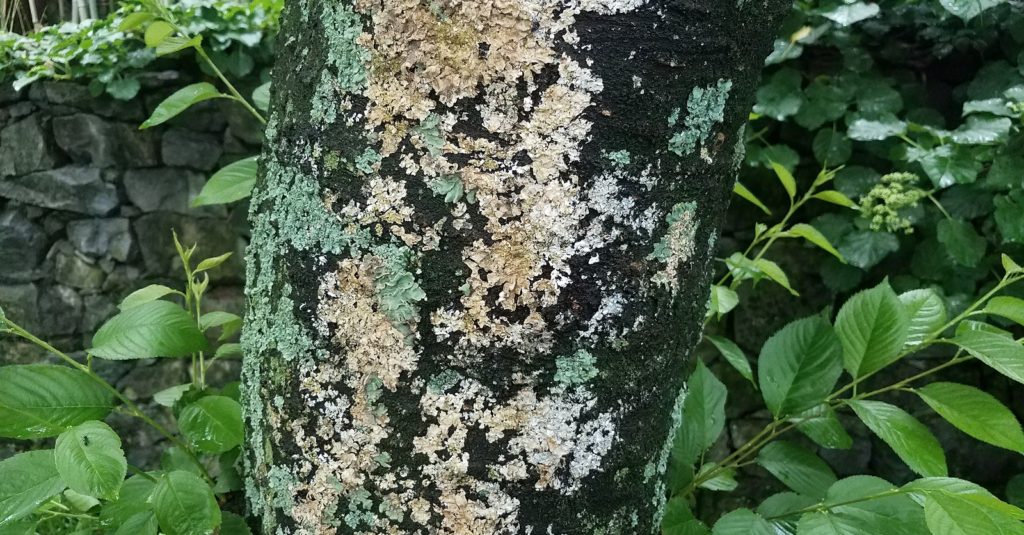Trees are one of the Earth’s most valuable and fascinating organisms. Not only do they provide our planet with a breathable atmosphere by emitting oxygen and absorbing carbon dioxide, they also provide habitats for millions of other living organisms, including us. These are just the start of an infinitely long list of advantages tree provide our world. So to pay homage to your landscaping trees, how about learning more about them? The more you know about trees, the more you can understand their importance and come to genuinely respect them. A great place to start is with their basic anatomy!
Continue reading to learn the fundamental parts of a tree and what they do.

🍂 Leaves
Tree leaves grow along twigs and branches, making up what we call the foliage of a tree. Leaves come in a wide range of shapes, textures, colors, and sizes, depending on the species of tree they are growing on. The primary role of tree leaves are to carry out a process known as photosynthesis, which involves converting the sun’s energy into food for the tree. They also serve the purpose of releasing oxygen into the atmosphere. Depending on the shape and pattern of the leaves, they can also help with water runoff, reduce wind resistance, and more.
Although the color of leaves vary greatly among all the species of trees, and even change color again and again according to the season, all leaves contain a green pigment called chlorophyll. Chlorophyll is used in conjunction with the sun’s UV rays to make food, or carry out photosynthesis. Chlorophyll has many additional uses in our world, such as medicine for blood clotting and more.
🌿 Twigs and Branches
Twigs and branches are the extensions of wood that grow out of the tree’s trunk. They grow in all sorts of shapes and fashions depending on the species of tree. They serve the purpose of providing structure and support for the tree’s leaves, flowers, and fruit. Inside twigs and branches is an inner layer called the phloem that you’ll learn more about, next.
🌲 Trunk
There are 5 different layers of a tree trunk. Starting with the outside bark, or outer bark, the layers continue to the phloem, then the cambium cell layer, then the sapwood, and ultimately, the heartwood. The outer bark is simply a protector for the inner layers.
The phloem, also known as the inner bark, serves as the food distribution pipeline for the entire tree. It lives for a short period of time, and then dies to become tree bark. The cambium cell layer is where active growth of the trunk takes place. The phloem passes down hormones called auxins that stimulate growth in cells, which allows the tree to produce new bark and wood every year. This is why you can tell a tree’s age by counting the rings inside the trunk.
Similar to the phloem that serves as a pipeline for food, the sapwood is the tree’s pipeline for water. This layer is new wood, and older layers of sapwood lose their vitality and turn into heartwood. Heartwood is the very inner core of the tree trunk, and it is dead wood. However, it is also the central pillar of structural support for a tree. And so long as all the other outer layers are intact, it will never weaken or rot.
🌱 Roots
Tree roots grow within the top 3 feet of the ground, around the base of a tree trunk, and are comprised of both large perennial roots and smaller, fleeting feeder roots. Not only do they absorb water and vital nutrients and store nutritional preserves for winter, they also act as an anchor, holding the tree down in its place.
Noblesville Tree Service You Can Trust
Call 317-537-9770 when you need professional tree service in Noblesville, Indiana. We are highly trained and experienced tree care technicians that offer a wide range of residential and commercial tree services at the most competitive prices in town. Whether you need routine tree service or major tree work, we are the professionals to trust for outstanding results in a convenient time frame.



